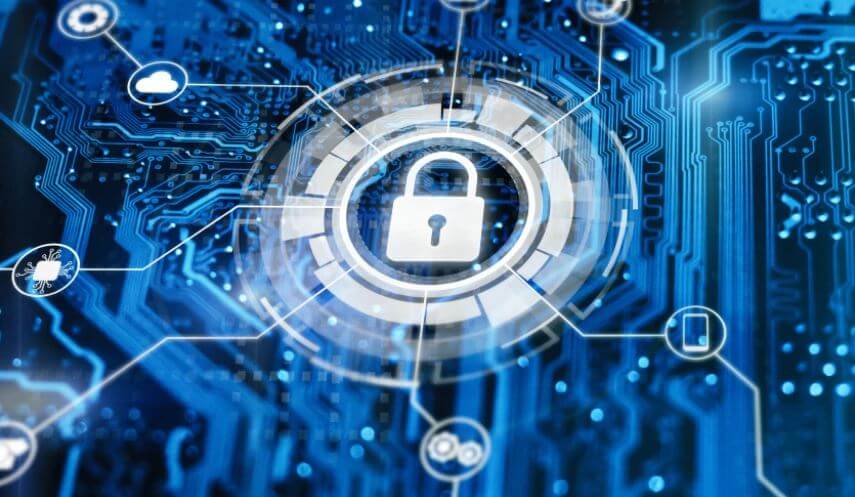Cyberattacks at schools are nothing new. Yet since 2016, the learning process in small to large schools across the US has been regularly suffering from hackers. Sometimes, even students themselves were the actors willing to improve their grades or do a bad turn to their teacher. And while it could bring a lot of trouble to schools and disrupt the learning process, there was always a teacher in the class to save the day.
After massive COVID-19 school shutdowns, the situation only worsened. For the past academic year, there were at least 2 hacking attempts per day, and all this including that the education has gone completely online. There is no physical teacher to save the situation and continue the impromptu lesson if the virtual classroom stops working or the access will suddenly be blocked.
The pandemics showed that it’s high time schools were serious about their cybersecurity for the sake of continued learning and safety of their students and staff. As both education and communication have gone completely or partially online, strong cybersecurity measures should be introduced to ensure the smooth functioning of online learning, assessment, and record-keeping.
Here’s what can be done:
Hire Qualified IT Professionals
As most of the schools are partially or fully online, it’s important to do regular monitoring of data and systems to detect damaged or harmful files and activities as soon as possible to prevent any potential breaches. To bring this into life, schools can hire their own IT professionals or sign a contract with a cybersecurity firm that would install their own security system and ensure its maintenance.
As part of their responsibilities, they will also do regular vulnerability check-ups and install patches. A weak system is a potentially hacked system, so regular updates help to eliminate weak spots that serve as a welcome sign for cyber attackers and make sure that the system is strong and up-to-date.
Finally, if the attack has still taken place, an IT expert may timely spot it and take relevant measures to avoid or minimize the damage. They can also devise a backup plan to make sure that the school will still operate online if something goes wrong.
Take Cybersecurity Measures
There are certain safety measures that can be implemented regardless of whether a school has an on-site IT expert or not. We are talking about the computer security measures for each and every staff member, student, and parent involved.
As now, even more users access school files and learning systems from home, educators have to make sure that all personal devices are equipped with security measures such as firewalls, antiviruses, and e-mail security means.
As a part of securing the learning process, schools can also build a strict access routine where all users are assigned different security levels so that unauthorized individuals couldn’t get access to sensitive information.
Set Strict Password Security Rules
Along with other security measures, schools should insist on strict password security rules. Most often, users put themselves at risk by setting simple passwords and using one password for all or most pages, systems, and programs.
On the flipside, the more complicated the password is, the harder it is to crack it. That’s why school systems should be equipped with strict password requirements, which will give users no chance of setting an unsafe password.
Educate Students, Parents, and Staff
Finally, schools should be as serious about digital education as they are about the academic curriculum. The majority of breaches are usually enabled or caused by the users themselves due to their negligence or unawareness. Therefore, educating parents, students, and the school staff about the possible dangers and how to avoid them are of the essence.
Password theft is the most common occurrence among cyberattacks. Careless users tend to leave their password notes in plain sight, use obvious options that can be easily cracked, or don’t bother much with making it long, complicated, and therefore, secure. In such cases, even the closest circle may access sensitive files (like student grades or personal data), alter or expose them, and as a result put someone in danger.
Phishing is another scourge of the digital era, which is aimed to force a person to voluntarily disclose their sensitive data like login or credit card information. Often, individuals don’t even realize they may give up their sensitive data by simply clicking the malware link.
As most cyberattacks are made possible sure to the human factor, education is the first and the most effective step in keeping school data and operation safe and secure. The competent employees should explain to students, parents, and teachers how they can secure their passwords and avoid thefts, as well as tell them about phishing activities and how they can protect themselves from being phished.
One of the ways is to have a healthy sense of doubt and attention to details.
“I asked my classmate to write my English paper for me on Instagram and received a response with a phishing link in it where she allegedly recommended a great service she was using. Thank goodness, I realized fast that it wasn’t her and gave her a call. It appeared that her Instagram page had been hacked,” – says Lilly Collins, a second-year high school student from Minnesota.
Bottom Line
Thanks to the last year’s lockdown and school closures, the education industry has made a huge leap forward and opened learning doors to all the individuals across the world, including those for whom it was inaccessible before. At the same time, it raised many problems – cyberattacks are among them. And while the issue isn’t new, schools suffer from the exponentially increased cases.
That said educators can no longer afford cutting down expenses when it comes to digital security. To protect the school data and the learning process from attacks, they have to reconsider the budget and invest money in cybersecurity, as well as set digital education of students, parents, and staff as their top priority.
Image Courtesy: www.edweek.org
